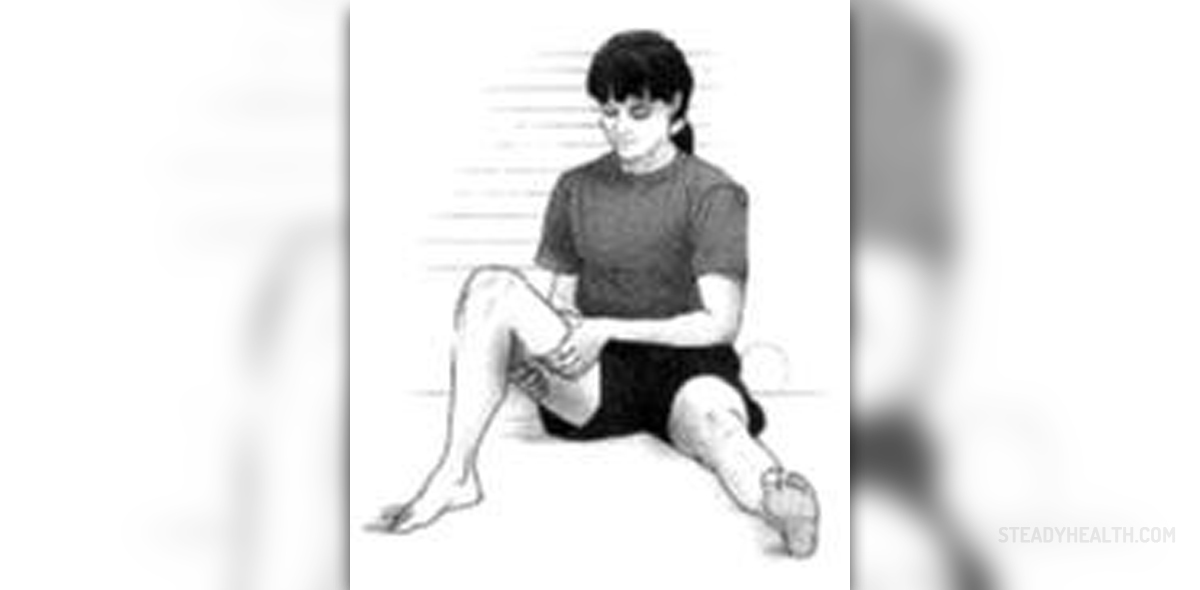
Tearing or pulling a hamstring causes problems for people from all walks of life, not just athletes or those involved regularly in physical or sporting activities. These injuries can be seen in anyone from top class athletes to couch potatoes who over-extend themselves on a given occasion. For the athlete it means a wasting of several weeks or even months of training, for the average Joe it can affect one’s working capabilities or leisure time. The hamstring can be a sensitive and delicate muscle, so let’s take a look to see what we can do to avoid damaging it.Causes
There is something of a lack of conclusive theories on what causes hamstring strains, and this is mainly due to a lack of high-quality studies and proper trials. Many studies can only arrive at theoretical rather than concrete conclusions, however, numerous different causes have been proposed as the possible causes of hamstring injuries. Risk Factors
Inflexibility in certain parts of the body, such as the hamstrings (obviously!), quadriceps and ankle are potential triggers, while having stronger quad muscles than hamstring muscles can also lead to risk. Low mobility and lack of core and lower back strength can also contribute to increasing one’s risk factor. Other factors include; having a faulty running style, previous injuries to the hamstring, knee or pubis, not warming up correctly, fatigue and age.
Occurrence
The actual injury itself generally occurs when the leg is extending whilst running. More specifically, after the front leg completes its movement towards the ground, it will move into a phase of transition called the “swing phase”, where the hamstrings effectively act as buffers for the knee joint. The muscle lengthens and then contracts, thus causing the injury.
Injury may also occur during stretching. There is relatively little evidence to suggest that stretching the hamstrings before exercise will help avoid hamstring injury. In fact, stretching can also worsen the problem.
As stated earlier, quadriceps imbalance may be a significant factor in causing hamstring injury. Having strong quads and weaker hamstrings will mean higher risk of hamstring injury. Some studies have shown that hamstrings less than 60 percent as strong as the quadriceps can lead to a predisposition to hamstring injury. However, there is no absolutely conclusive proof of this, but it does seem logical that having weaker hamstrings may increase the risk of injury, if only because strong hamstrings are a requirement for running and strong physical activity.








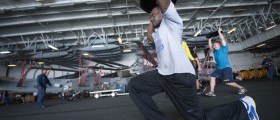


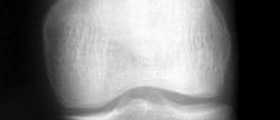
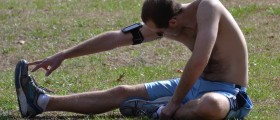

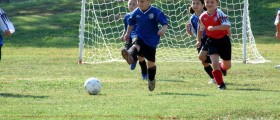


Your thoughts on this
Loading...